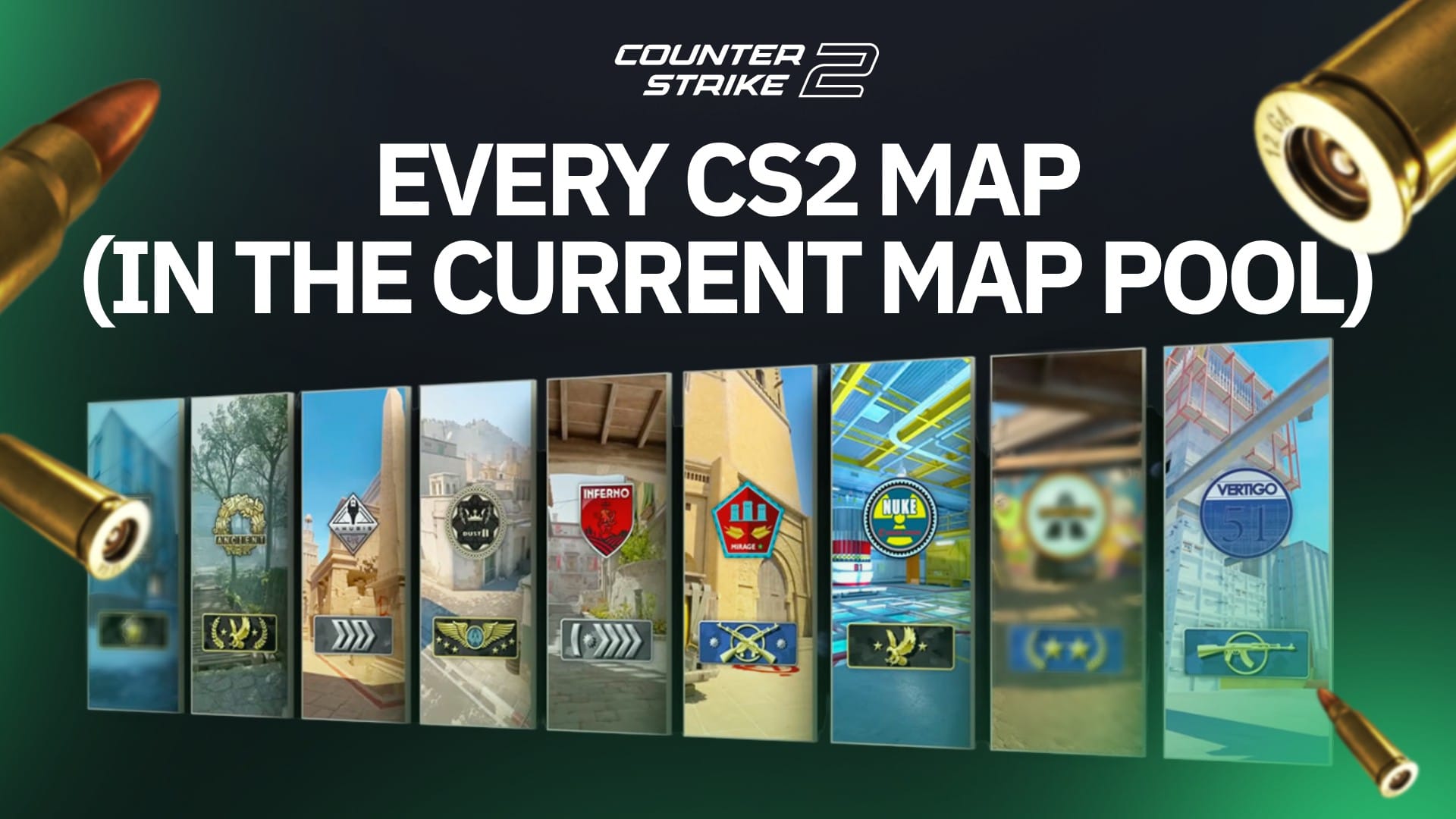Beyond The Headlines
Stay updated with the latest news and insights from around the world.
Uncharted Territories: Exploring the Secrets of CS2 Maps
Dive into the hidden secrets of CS2 maps! Uncover strategies, tips, and tricks that will elevate your gameplay to new heights.
Unraveling the Mysteries: A Deep Dive into CS2 Map Layouts
As gamers delve into the complexities of CS2 map layouts, understanding the nuances of each environment becomes crucial for gaining a competitive edge. From the bustling streets of Dust II to the tight corners of Mirage, every map offers unique strategies and challenges. For players looking to master their gameplay, it's essential to break down the layouts into manageable sections. One effective approach is to analyze each map's key features:
- Choke Points: Areas where confrontations are likely to occur.
- High Ground: Spots that offer a tactical advantage.
- Bomb Sites: Locations that demand strategic planning for both planting and defusing.
The intricacies of CS2 map layouts also extend to understanding player movement and economy management. Knowing when to rotate and where to place defensive positions can make or break a round. Therefore, players should not only memorize the physical maps but also develop a deep understanding of their team's dynamics and communication. Quotes from professional players often highlight the importance of teamwork in relation to map knowledge. As A professional player once said, 'Mastering the map is just as important as mastering your aim.' By focusing on these elements, players can greatly enhance their overall performance in CS2.

Counter-Strike is a highly competitive first-person shooter game that focuses on team-based gameplay. Players take on the roles of either terrorists or counter-terrorists, completing objectives such as bomb planting or hostage rescue. Many players often seek to transition their skills and settings from other games; for example, players may look for guidance on valorant to cs2 sens to maintain their sensitivity settings while switching games.
Top 5 Hidden Secrets in CS2 Maps You Never Knew About
Counter-Strike 2 (CS2) maps are often more than meets the eye, hiding layers of secrets that can give players an edge. One of the most intriguing aspects lies in the hidden pathways. Many maps have alternate routes that can dramatically change the flow of the game, allowing for unexpected flanking maneuvers or strategic retreats. For example, the Dust II map features numerous tight corners and less-traveled alleys that can be exploited for surprise attacks. Understanding these hidden pathways can be crucial for turning the tides of battle.
In addition to secret paths, maps often contain hidden items and easter eggs that can serve as both tactical tools and fun surprises. For instance, certain locations might have weapon caches that aren't immediately obvious, offering players an opportunity to acquire superior firepower without direct confrontation. Some map designers have even included easter eggs, which serve no purpose other than a delightful surprise for players who explore diligently. Finding these hidden items not only enhances gameplay but also enriches the overall CS2 experience, urging players to dig deeper into their favorite battlegrounds.
How to Navigate CS2's Complex Environments Like a Pro
In CS2, mastering the art of navigation within complex environments is crucial for gaining a competitive edge. To navigate like a pro, first familiarize yourself with the layout of each map. This includes understanding key locations such as choke points, high ground, and cover spots. Utilize the in-game map to identify strategic zones and plan your movements accordingly. Here are a few tips to enhance your navigation skills:
- Study the map thoroughly before jumping into combat.
- Use sound cues to anticipate enemy movements.
- Practice various routes in a safe environment.
Another vital aspect of navigating in CS2 is adapting your play style based on the environment you are in. Pay attention to the visual and auditory cues that the game provides. This will help you predict how the environment might influence encounters with opponents. Always be aware of your surroundings—use walls and structures to your advantage, and don’t hesitate to change your path if you sense danger. Remember, effective navigation is not just about knowing where to go, but also when to engage or disengage, which can be crucial in high-stakes situations.